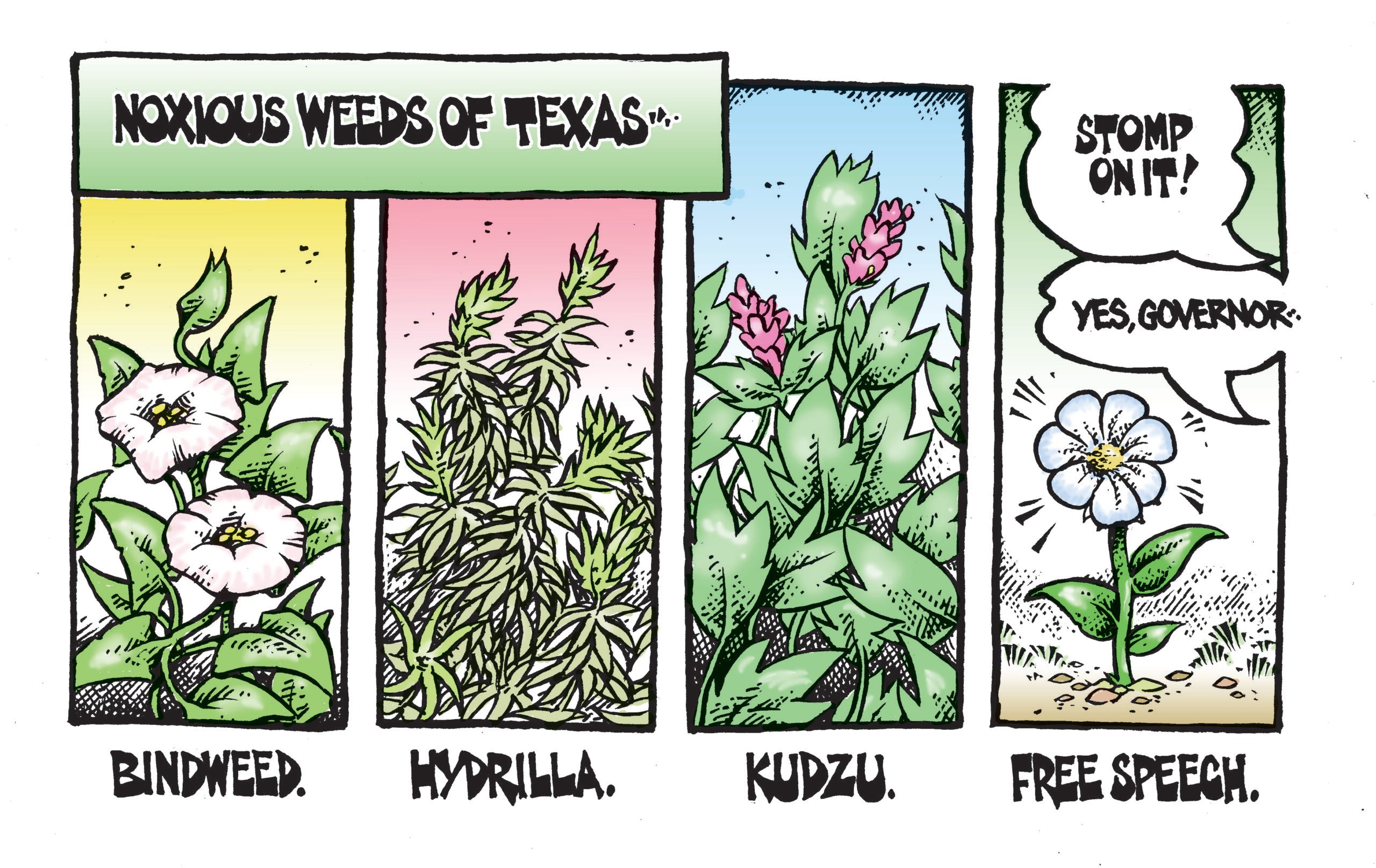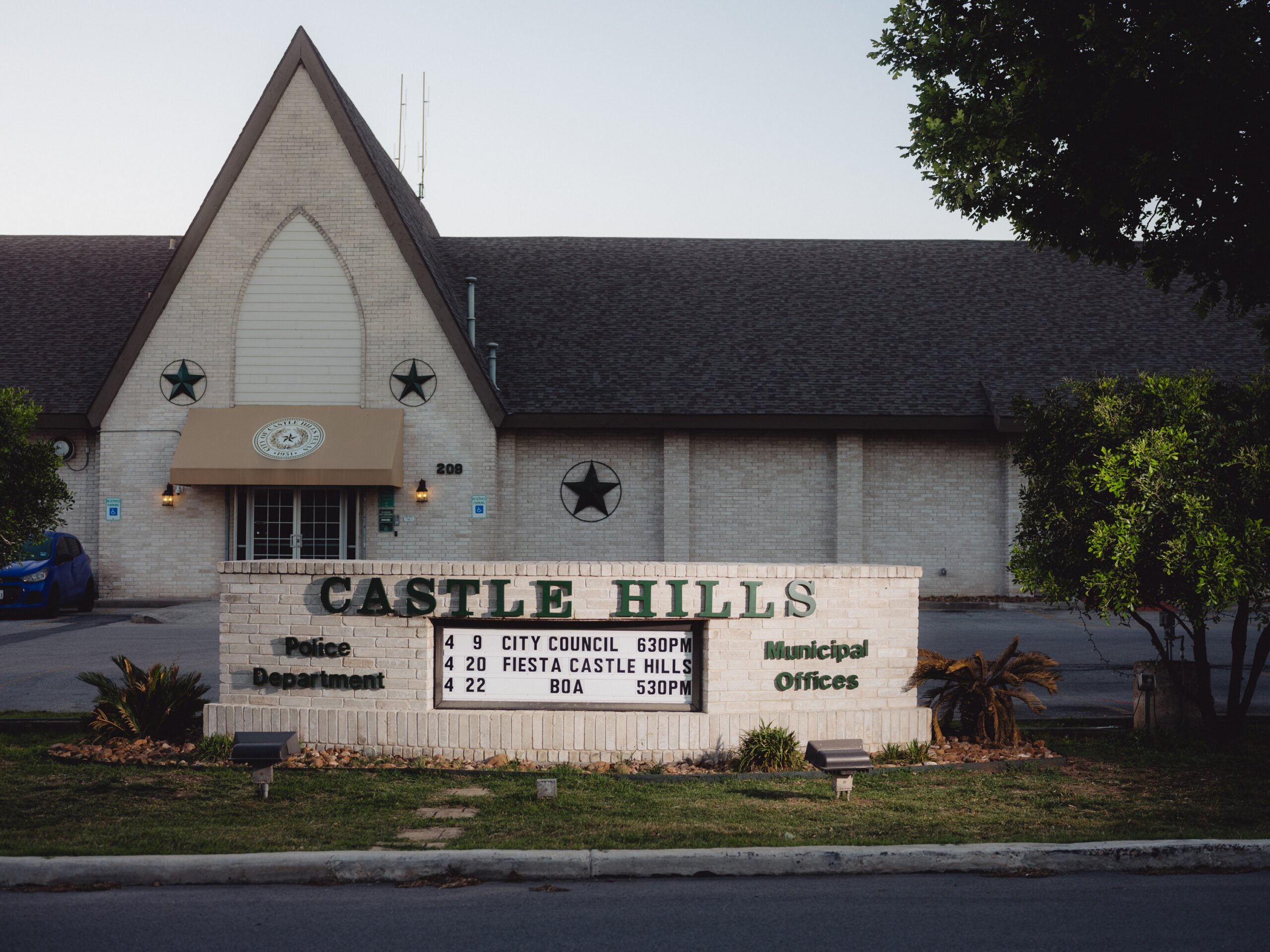ustxtxb_obs_1995_06_02_50_00013-00000_000.pdf
Page 19
SURVIVAL IN A CHEMICAL WORLD Delaney Clause vs. Institutionalized Death A storm is brewing in Washington, D.C., over an obscure section of the Federal Food, Drug and Cosmetic Act, the Delaney Clause. The Clinton Administration officially weighed in on Delaney early this year, when it presented its pesticide plan to Congress. As expected, the Administration’s plan calls for replacing Delaney with a risk-based standard. Why all the fuss over Delaney? The Delaney Clause, which applies only to processed food, says no substance found to cause cancer in humans or animals can be added to food. Although Congress adopted the Delaney Clause in 1958, it has never been adequately enforced. It surfaced as a serious problem for the Environmental Circuit Court of Appeals ruled that Delaney is law, and therefore must be enforcedhence the flurry of activity centered around Delaney. There are widely disparate views on what the fate of Delaney should be. Some say we should do away with the Clause al Marvin S. Legator is a professor and director of the division of environmental toxicology at the University of Texas Medical Branch at Galveston. Amanda M. HowellsDaniel is with the Toxics Assistance Program at the University of Texas Medical Branch. The views expressed in this column do not necessarily reflect those of UTMB Galveston. together and establishes an “acceptable risk” standard whereby a bureaucrat decides that it is okay for a certain number of people to die. Some say we should phase out the use of known carcinogens over a period of years; and some are pushing not only for enforcement of Delaney, but its expansion to cover raw, as well as processed food. The debate over the Delaney Clause is critical. Its ultimate outcome has far-reaching implications, both for pesticide and other toxic chemicals. The heart of the debate really centers around the method currently used to determine the “safety” of chemicals. The assumption behind the use of risk assessment is that scientists can reliably decide how much of a specific material that the earth, humans, or other species can assimilate or absorb without being harmed. The underpinning of this assumption is that we can study a chemical thoroughly enough to understand how it worksits mechanism of action. This assumption is just plain wrong. In reality, scientists still don’t understand fully how aspirin works, let alone pesticides and other toxic chemicals. Studies of industrial chemicals are routinely found to be inaccurate. for example, as more information has come to light, scientists have had to continually reduce their assessments of permissible exposure levels for benzene and butadiene, and we now know there are no recognized safe levels for these cancercausing agents. Two decades of study of dioxin have resulted in massive amounts of data on the chemical, yet the controversy still rages on the potency of its toxic effects. Most risk assessments of chemicals rely on studying the effects of animals and extrapolating the results to determine the effects on humans. There are numerous uncertainties in this method that result in figures that are essentially meaningless, chief among these being differences in species and metabolism that skew the results. For example, metabolic rates among humans can differ by a factor of 200. Or, as a former professor used to respond to the question: “Is a rat like a man.” “What man?” The bottom line is that the risk-assessment model is incapable of predicting the effects of toxic chemicals with any degree of certainty. We cannot: Determine how toxic a chemical is; years of studying different chemicals have proved this. Determine how much the public will be exposed to; people living in different areas are exposed to vastly different amounts of chemicals, and what is a minor product today can become a major product tomorrow \(not to mention the fact that people are not exposed to one chemical in isolation, Determine what toxic effects will occur in exposed individuals, each individual’s metabolism, body weight and sensitivity is different. Finally, the whole concept of determining how many people we can allowably kill in order to be allowed to use a toxic chemical is profane. We are approaching this issue in exactly the’ wrong way. Our emphasis ought to be prevention rather than institutionalized death. House would unleash a flood of new pollution, contaminating the water we drink, we bathe our babies in, we draw food from. Their “Dirty Water Act” is an absolute wet dream for industrial pollutersand no wonder: the Polluters wrote it! Newt Gingrich & Gang literally waved in the Lobbyists for chemical, oil, paper and other corporations and said: “Rewrite to your liking.” They did, placing dozens of specific poisonous loopholes in the law to benefit themselves. Chemical giants, for example, inserted a new proviso that says they can dump tons of toxins in your wateras long as they don’t do it too frequently. I don’t feel like drinking to that, do you? Why is Congress turning polluters loose on us? Follow the money and you’ll find it’s because the polluters turned on the money faucet for the members who are now pushing this bill. Representative Bud Shuster, the chief sponsor, has taken $44,000 from the Political Action Committees of these industries; Representative Billy Tauzin has pocketed $74,000; and Newt Gingrich himself got the biggest flow of.. dirty-water PAC money$78,000. The Bill has passed the House, but the Senate is less-inclined to let these moneysoaked politicians shoot holes in the Clean Water Act. Bank Robbery Miss Piggythe famous Muppetonce pointed out that all you need to know about bankers … is that they attach little chains to their ballpoint pens. Ahh, Miss Piggy, sad to say, but the greed of bankers has gone waaaay beyond stinginess with ballpoints. Despite hauling in record-setting profits for the past three years in a row–now approaching $50 billion a yeartoday’s bankers not only attach chains to their pens, but fees to practically any move you make in a bank: Use the ATM…pay a fee; Inquire about your balance…pay a fee; Let your deposit level slip below $1,000 … pay a fee. Already, diabolical, sadistic bankers have invented some 200 different kinds of fees to draw more money from youlike a swarm of mosquitoes drawing blood. Fees to write a check, fees to write an afterhours deposit, fees to fill out a loan applicationand, before long, I’ll just bet there’ll be a fee to use that ballpoint pen! THE TEXAS OBSERVER 13


